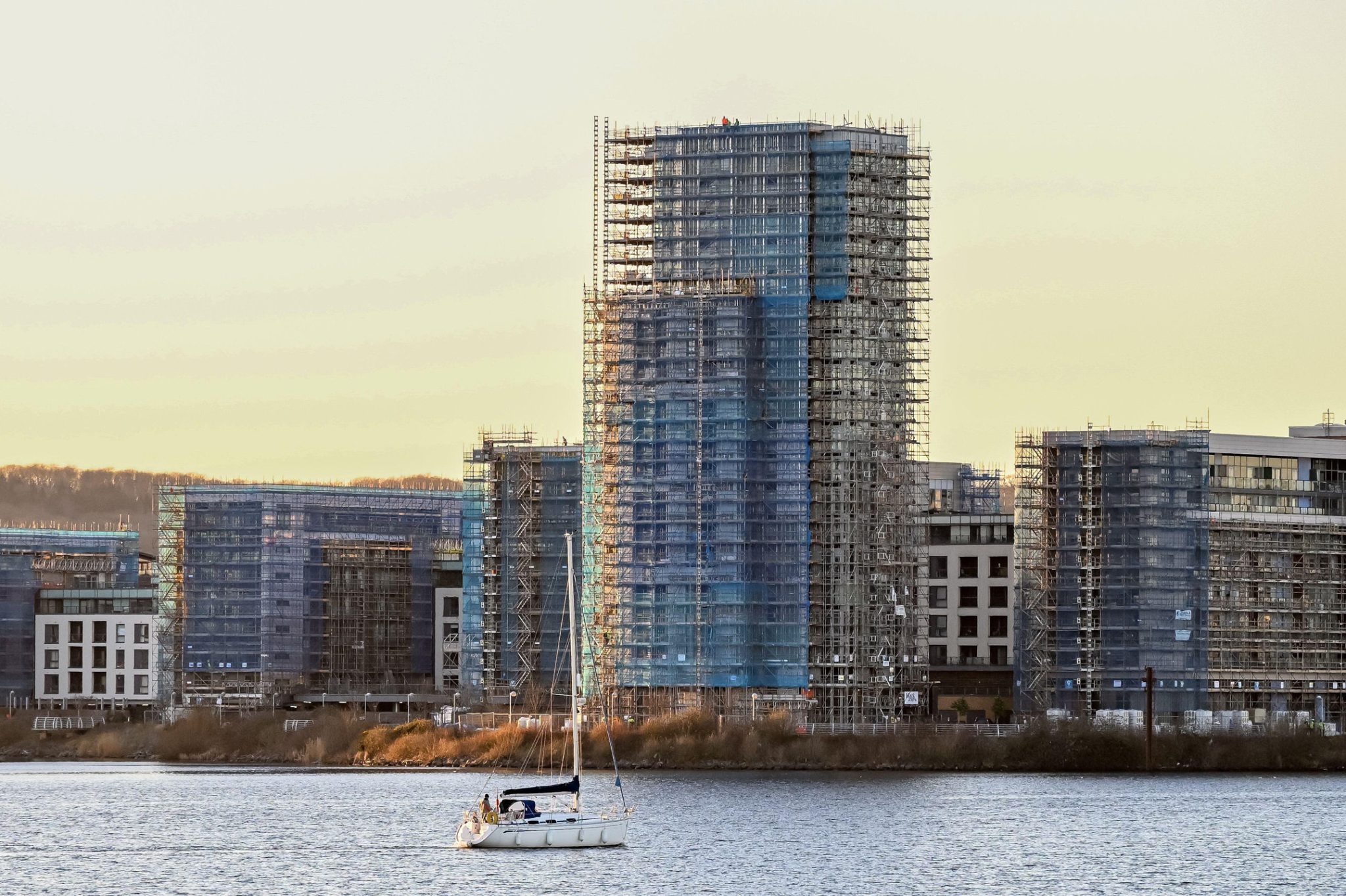
Building Safety Act
The Building Safety Act 2022 is a comprehensive piece of legislation introduced in the UK in response to the tragic Grenfell Tower fire in 2017.
It aims to overhaul building safety regulations and improve safety standards for high-rise and multi-occupancy residential buildings.
The Building Safety Act introduces new measures and responsibilities for building owners, developers, and managers to ensure that buildings are safe, with a focus on protecting residents.
Here’s a detailed look at its key components and why it is important for property owners:
Key Components of the Building Safety Act :
Building Safety Regulator (BSR)
The act establishes the Building Safety Regulator (under the Health and Safety Executive), which will oversee building safety in England.
The BSR has broad powers to enforce compliance with safety standards and can hold those responsible for safety failures accountable.
The regulator’s primary function is to ensure that residential buildings are safe, especially those considered high-risk (18 meters or more in height, or with at least seven storeys).
Safety Case Report:
For high-risk buildings, owners and operators must prepare and submit a Safety Case Report, demonstrating that they have identified and managed fire and structural safety risks.
This includes conducting regular risk assessments and implementing fire safety measures, such as proper evacuation plans, functional fire doors, and safe cladding materials.
The “Golden Thread” of Information:
The Building Safety Act mandates the creation and maintenance of a ‘Golden Thread’ of information, which refers to the accurate, up-to-date digital records of a building’s design, construction, and safety protocols.
This information must be available throughout the building’s lifecycle to ensure that it is consistently safe and compliant.
Accountability and Liability:
The act introduces a new legal framework for accountability and responsibility across the construction and property management sectors.
Developers and those responsible for managing buildings are required to ensure that safety standards are met at every stage.
Property owners and managers can face criminal charges and significant financial penalties for failing to meet safety requirements.
New Building Safety Charge:
Building owners can levy a Building Safety Charge to cover the costs of meeting the new safety standards. However, this charge is capped to ensure that residents are not disproportionately affected by the cost of safety improvements.
Owners must provide transparent information about the costs, how the money is used, and what safety measures are being implemented.
Extended Liability Periods:
The Building Safety Act extends the liability period during which developers can be held responsible for defective work.
The new liability periods are:
- 15 years for claims under the Defective Premises Act (previously six years)
- 30 years for claims related to cladding or fire safety remediation.
This extension allows property owners and residents more time to pursue legal action if unsafe conditions are discovered.
Resident Empowerment:
The act emphasizes the role of residents in building safety. It gives them more power to raise safety concerns directly with building owners and the regulator.
Residents can also request information regarding building safety measures and are expected to be informed of safety decisions that affect their living environment.
Why the Building Safety Act Is Important for Property Owners:
Legal Obligations:
Property owners, especially of high-rise residential buildings, are now legally required to ensure that their buildings meet stringent fire and structural safety standards. Failure to do so could result in severe penalties, including criminal prosecution and substantial fines.
Financial Impact:
The financial costs of complying with the Building Safety Act can be significant.
Property owners must ensure that they have the resources to cover the costs of ongoing safety improvements, regular inspections, and maintaining the “Golden Thread” of information.
The Building Safety Charge offers some relief in terms of cost recovery. However, owners must be transparent with how funds are managed.
Risk of Liability:
With the extended liability periods, property owners and developers face a higher risk of being held responsible for building defects or unsafe conditions.
This means they must take proactive steps to ensure that all safety risks are mitigated, even in older buildings.
Reputation and Trust:
Compliance with the Building Safety Act not only protects residents but also enhances the reputation of property owners and managers. Adhering to the new safety standards builds trust with tenants, the regulator, and the wider public. This is crucial for long-term property investment and management.
Improved Resident Engagement:
The act empowers residents by giving them a greater voice in how building safety is managed. Property owners need to build positive relationships with residents, ensuring that their safety concerns are addressed promptly and transparently.
Clarity and Oversight:
For property owners, having a clearer legal framework provided by the Building Safety Act can help in navigating their responsibilities. The establishment of the Building Safety Regulator also offers a clear point of contact for safety issues. This ensures a more consistent approach to building safety across the country.
Building Safety Act Conclusion
The Building Safety Act is essential for ensuring that residential buildings, particularly high-rise and multi-occupancy buildings, are safe for the people who live in them.
Property owners must now be more proactive in addressing safety risks, from fire safety to structural integrity, or face potentially severe consequences.
This act also seeks to restore confidence in the construction and property management industries by ensuring greater accountability and improving transparency across the board.
Contact
For more information on the Building Safety Act, or for help fullfilling your obligations please call our Enquiry line on 020 4534 3130
If you’d like us to call you, please fill in our Contact Us form and we will call you back.
For more information on the Building Safety Act, or for help fullfilling your obligations please call our Enquiry line on 020 4534 3130.
To book a call back from a member of our Building Safety team, please fill in our Contact Us form.
For further help or advice please contact :
Link: Contact Us
Team members shown:
- Tony Leishman
- Sean Robinson
- Pete Scholefield

